Plan it Wild: making every day Arbor Day
This Friday is Arbor Day, a day of celebrating nature and, specifically, our old forest friends: trees. Arbor Day originates back to the 1870s when a journalist and tree enthusiast named Julius Morton purchased 160 acres of arid Nebraska land with the mission of planting a variety of trees. With his influential role at Nebraska’s first newspaper, Morton educated the public on the importance of trees, and soon his ecological message took off.
The first Arbor Day was held in 1872 with prizes awarded to the Nebraska towns that planted the most trees. This has been the general theme for Arbor Day ever since: every year towns, school districts, and local organizations plant trees in support of our planet. But one day per year is not nearly good enough. 151 years later, Plan it Wild is focused on making every day Arbor Day.
Through our ecological mission to bring back habitat in the American yard, Plan it Wild has focused on tree planting in Westchester County yards and beyond. We recently secured a partnership with the Aspetuck Land Trust and have been awarded with an “Innovative Forestry” grant to create forests at seven public schools in Bridgeport, Connecticut. We have a lot of work to do but this is only the beginning. We are committed to bringing forests to your backyard.
The Miyawaki Forest Method
Plan it Wild is experimenting with the Miyawaki forest method, a method of forest creation developed by Japanese botanist Akira Miyawaki that focuses on planting very high densities of a diverse blend of indigenous tree species as a way to restore areas that have been disturbed by humans. Trees grow slowly, but humans don’t have a lot of time to undo the damage of climate change. Miyawaki forests have been shown to grow 10x faster, are 30x denser, and contain 100x more biodiversity compared to other methods of forestation.
Our Mini-Forest Terra Patches is our own small-scale version of a Miyawaki forest, where we establish new forests by densely planting canopy and understory native tree and shrub species as well as ground cover in a space as small as 10x10 feet. By restoring native forests at a rapid pace, we will bring substantial environmental benefits like increased biodiversity, heat reduction, and carbon capture to your home or business. Who doesn’t have room in their yard for that?
Plant a Tree Today for Tomorrow
The old saying goes that the best time to plant a tree was 20 years ago, and the second best time is right now. Over 150 years have passed since the first Arbor Day and Morton’s mission of planting trees in environments without trees is even more critical to our planet. So this Friday, join millions of people across the country in bringing habitat back to our spaces.



